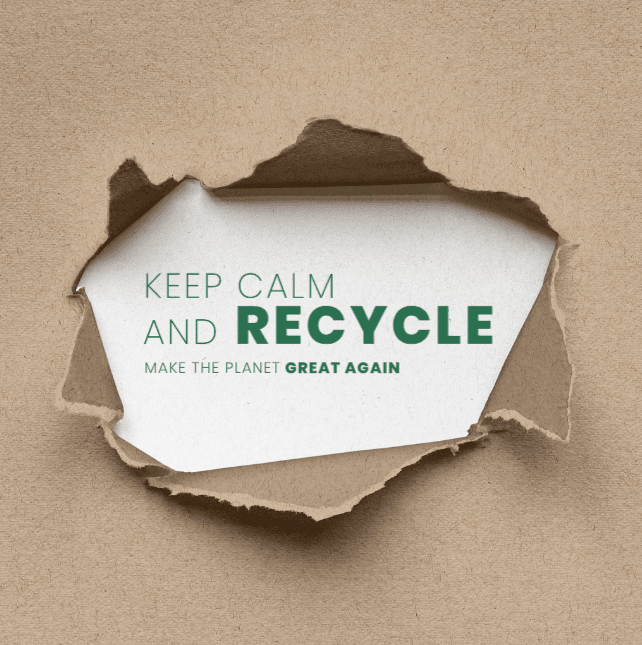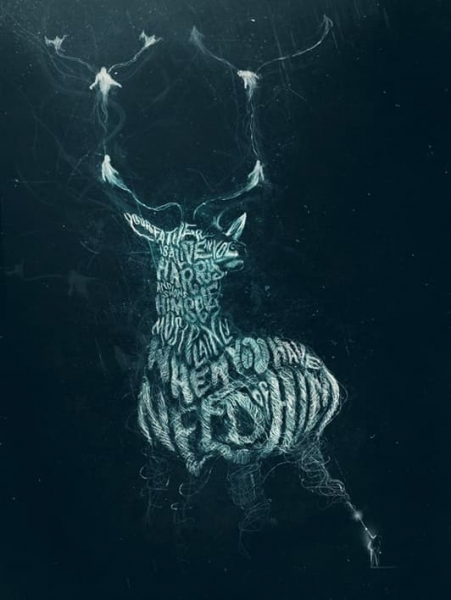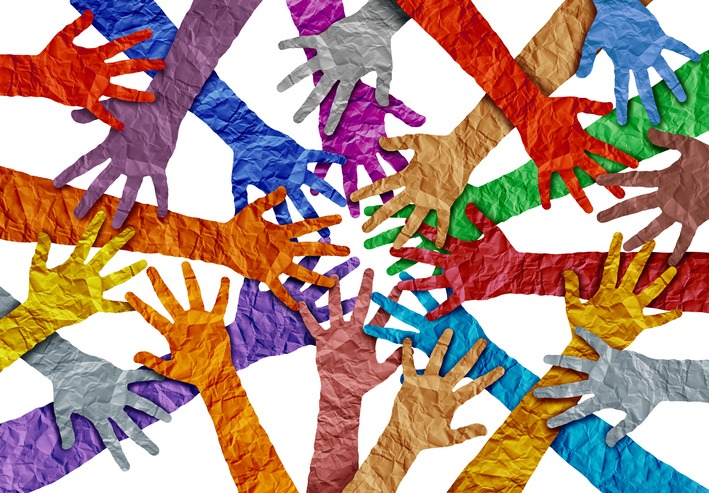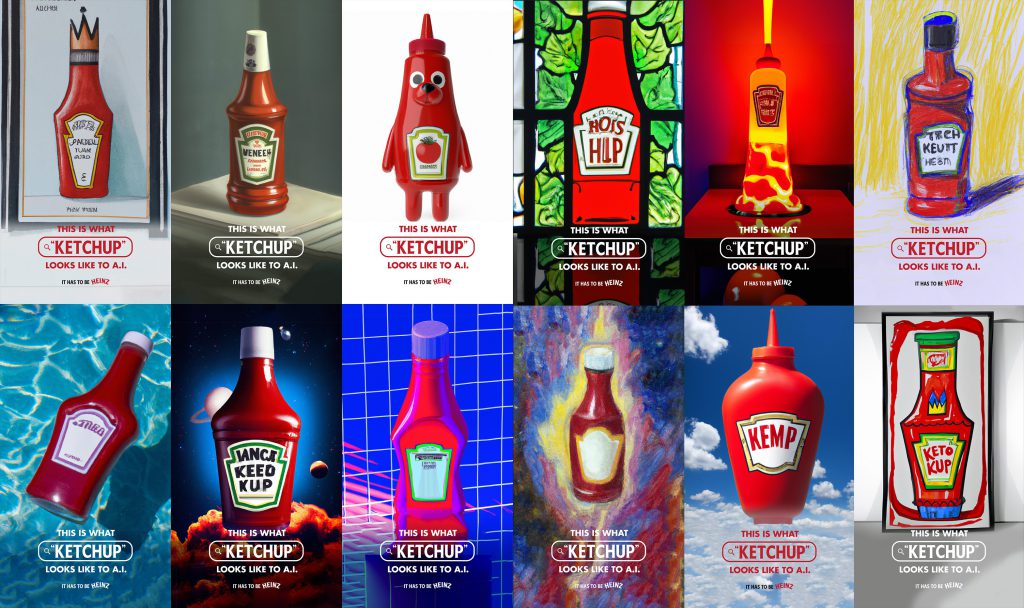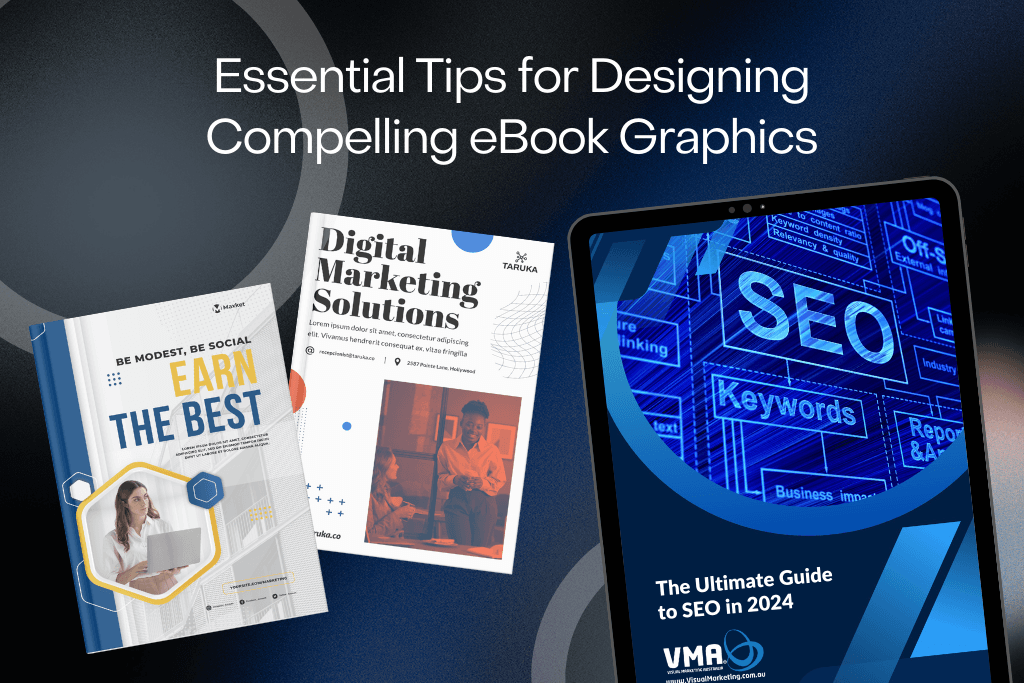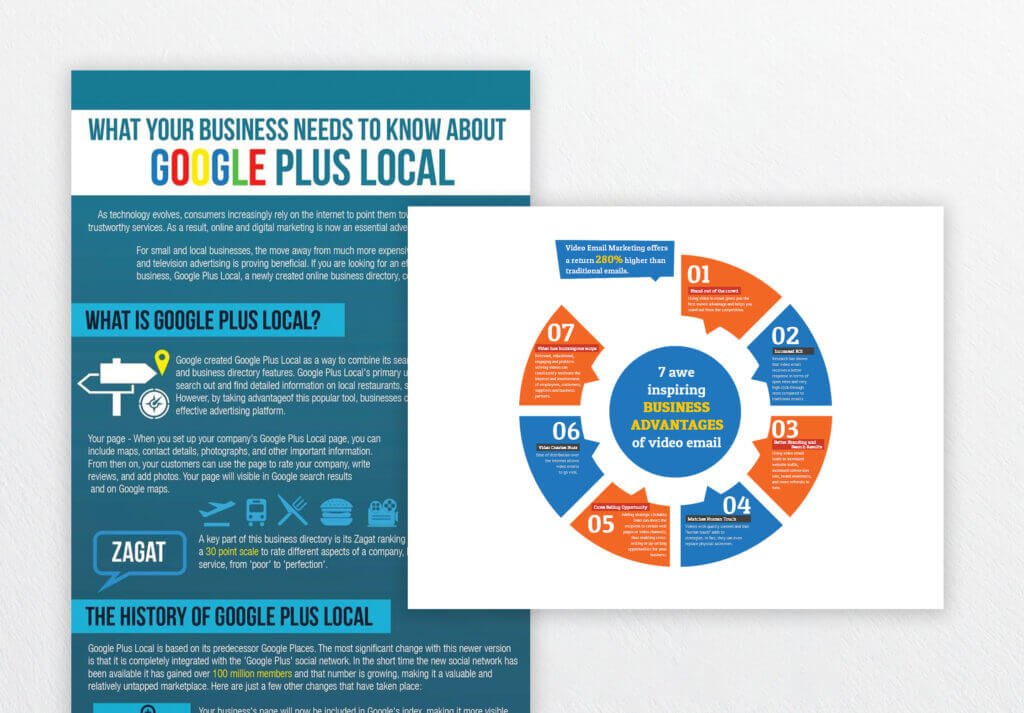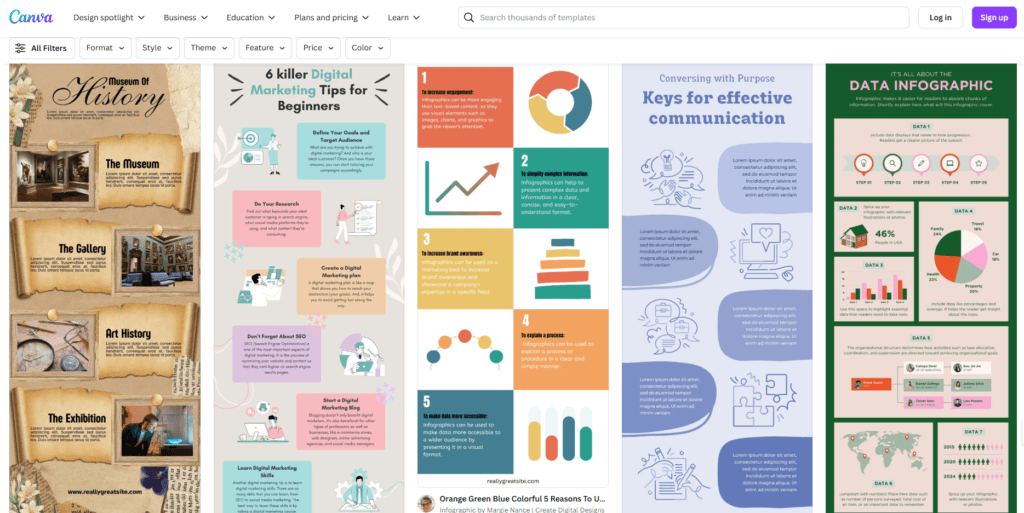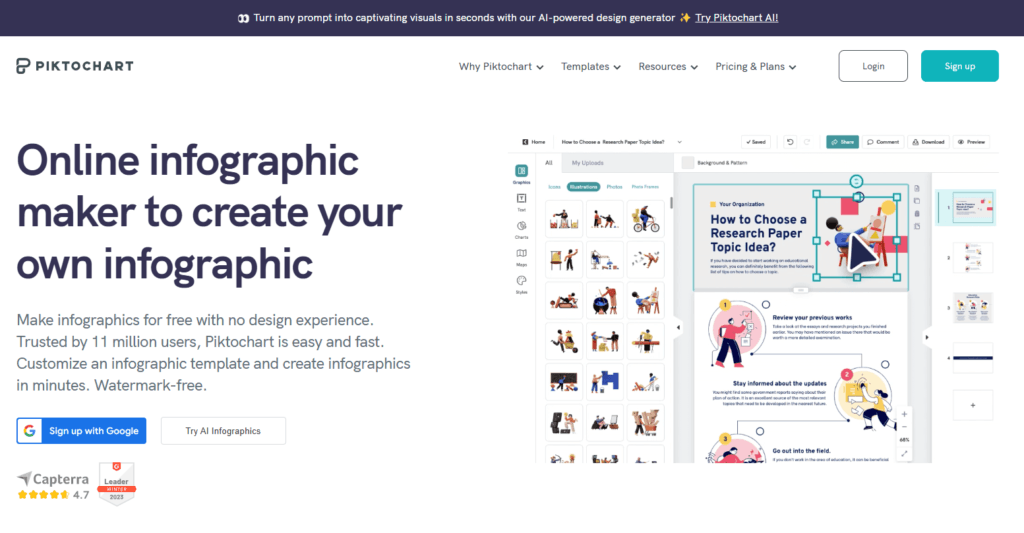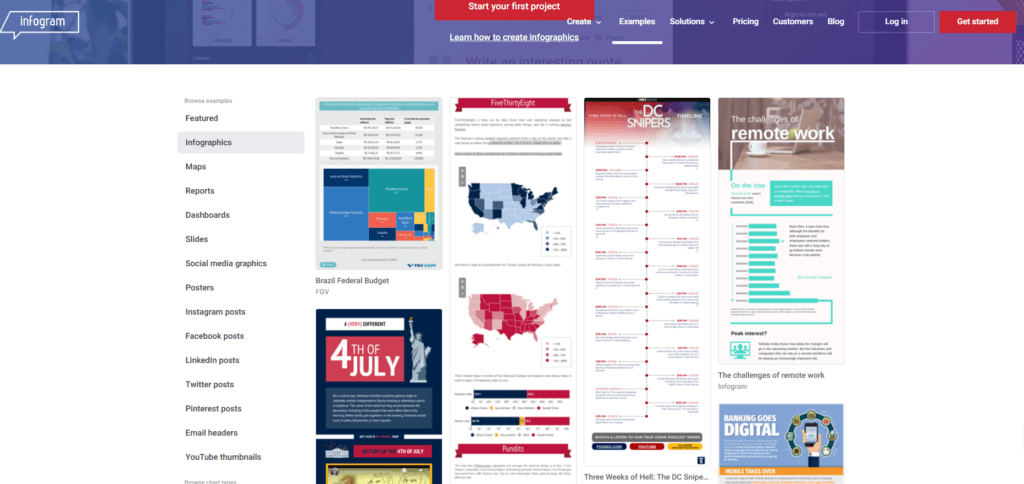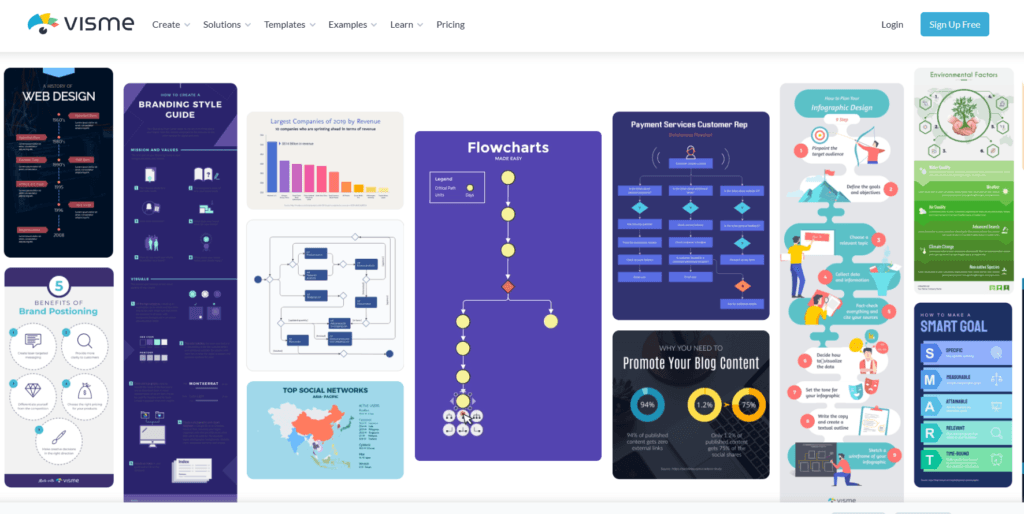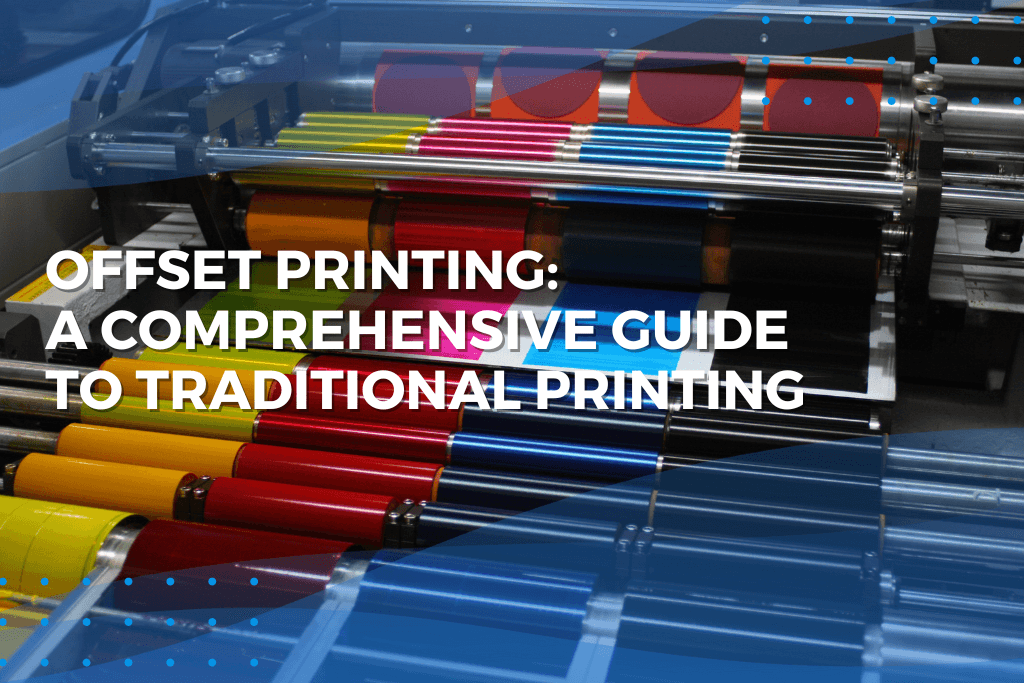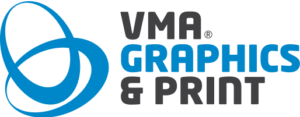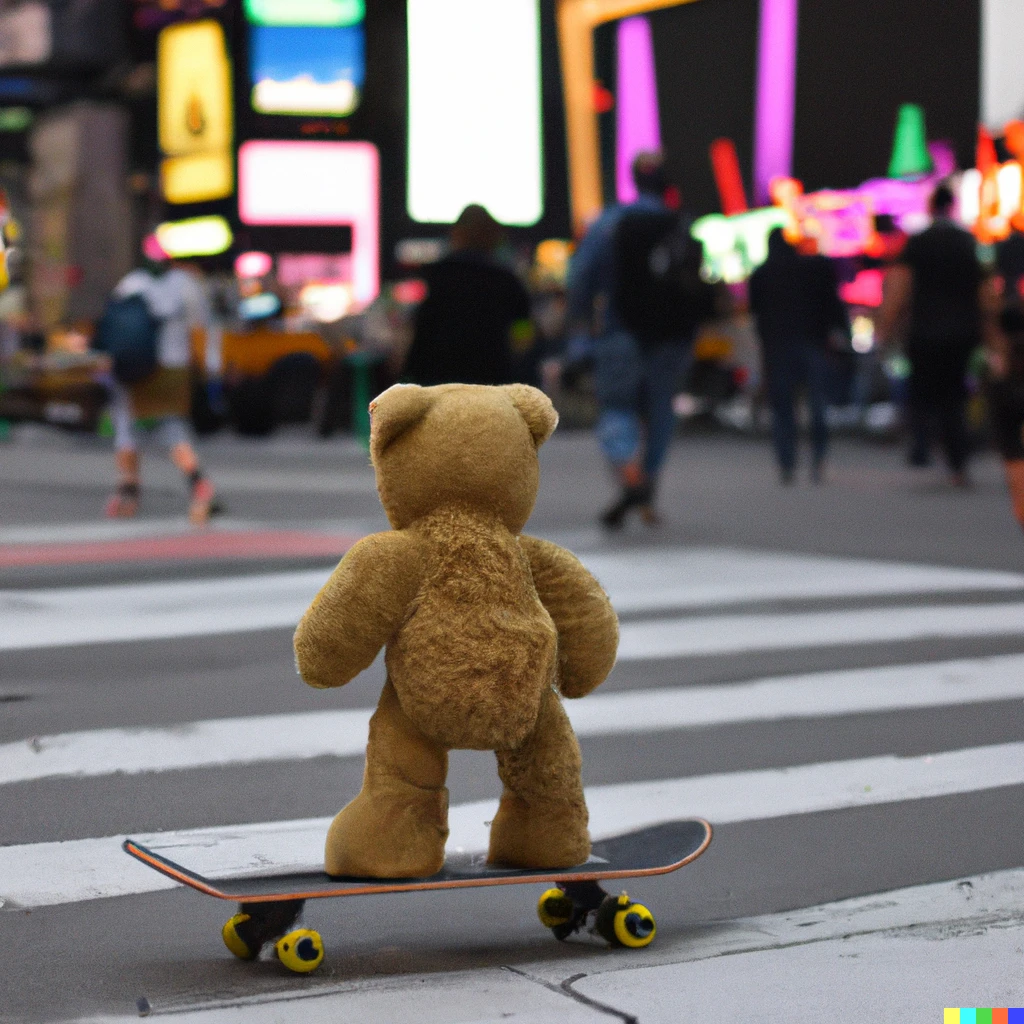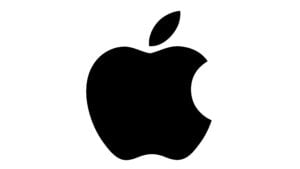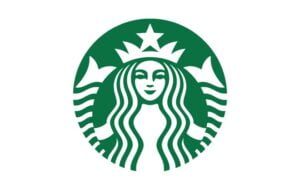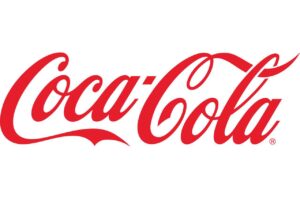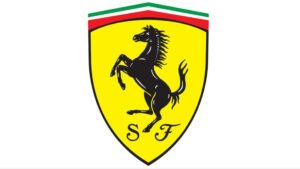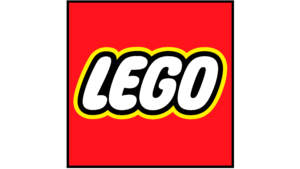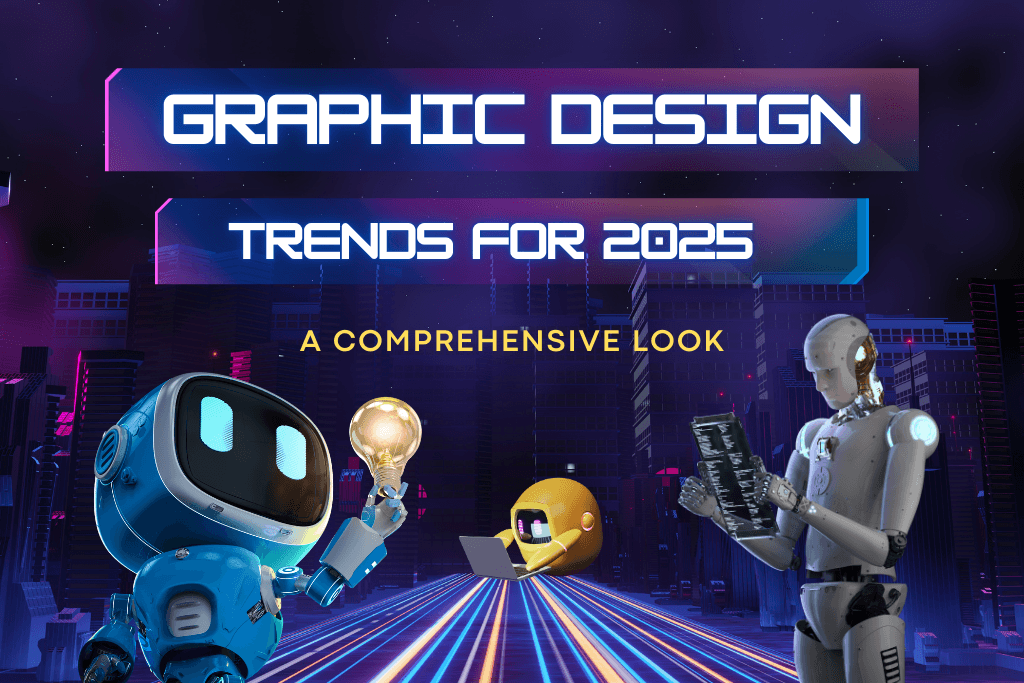
Graphic design is a dynamic field that is always changing, as it reflects the changes in technology, cultural shifts, and consumer preferences. As we enter 2025, designers are embracing innovation while revisiting timeless aesthetics. This article explores the most significant graphic design trends for the year, highlighting their origins, applications, and potential impact on the industry.
Graphic design is the bridge between creativity and communication, making it an essential component in branding, advertising, and user experience. The industry is at a pivotal moment in 2025, fuelled by rapid technological advancements and heightened awareness of societal issues. Designers are not only adapting to these changes, but also leading the way in reshaping how we interact with visual media. By gaining some insights into emerging trends from the year, we can see that graphic design plays an evolving role in how it shapes our daily life.
This comprehensive look into 2025’s trends sheds light on the innovative techniques, tools, and aesthetics that are shaping the future of the field. From leveraging artificial intelligence to embracing inclusive representation, these trends offer a road map for designers eager to stay ahead in a competitive and ever-changing industry.
1. AI-Driven Design
AI keeps changing the process of designing through tools which will make designing faster and richer. AI will assist in developing some unique pattern or layout, as well as completing designs based on limited inputs given to it.
Applications:
- Personalisation: Using AI, there will be an ultra-personalised design developed exclusively for target audiences
- Efficiency: Automatic repetition like resizing, changing format, matching colours.
- Impact: AI is complementing designers instead of replacing them. This makes the year 2025 one that enables designers to work on the strategic and creative parts of a project.
2. Maximalism Revived
Minimalism has been on top for several years, but in 2025, boldness is in favour of maximalism. Layered colours, patterns, and typography are dominating to create composition art.
- Overlapping textures and patterns
- Bursting colourful contrasts
- Typography is central, not auxiliary.
Why It Works: Maximalism is a reflection of individuality and breaks the monotony of streamlined aesthetics, which is particularly appealing to Gen Z audiences who appreciate expressive and bold designs.
3. Sustainability-Inspired Design
Environmental consciousness remains a driving force in graphic design. In 2025, sustainability is no longer a buzzword; it is a core value that shapes design choices.
Design Elements:
- Earthy colour palettes (greens, browns, and muted tones).
- Use of natural textures like wood grain, paper fibres, and stone.
- Eco-friendly packaging and digital-first designs to avoid material wastage.
Significance: Brands are embracing eco-conscious consumers by reaffirming their commitment to sustainability through insightful designs.
4. Retro-Futurism
Retro-futurism is making a huge comeback, with its antique appeal of mid-20th-century sensibilities mixed with futuristic elements. This fashion trend feeds into our collective obsession with visions of the future, envisioned in the past.
Characteristics:
- Neon colour combinations and chrome accents.
- Geometric shapes inspired from sci-fi in the 70s and 80s.
- Digital distortions and glitch effects.
Industries Using It: Entertainment, gaming, and technology industries use retro-futurism to create a nostalgic feel while driving home innovation.
5. Asymmetrical Compositions
Ditching the grid-based structures, asymmetrical compositions are highly dynamic and break the rules of composition. They offer visual interest and lead the reader through content in ways that would not be predicted.
Advantages:
- Encourages creativity and originality.
- Surprises and engages users in breaking predictability.
Disadvantages: Balance is hard to achieve, and asymmetry can easily make the design chaotic.
6. 3D and Immersive Visuals
Hyperrealistic visuals have become more accessible with the development of 3D rendering software. 3D components are being used by designers to produce immersive experiences that conflate digital and real worlds.
Trends in 3D:
- Use of tactile textures that mimic real-life materials.
- Animated 3D graphics for websites and social media.
- Incorporating 3D components into experiences using augmented reality (AR).
Relevance: 3D visuals are widely used in e-commerce, advertising, and branding to capture attention and convey a premium fee.
7. Abstract Gradients and Liquid Effects
Gradients have evolved from subtle background enhancements to vibrant focal points. In 2025, liquid-like gradients with fluid motion are a dominant trend.
Design Features:
- Smooth transitions between bold, contrasting colours.
- Integration with dynamic animations.
- Use as overlays or standalone elements.
Applications: This colour trend adds dynamism and interest to web design, app interfaces, and digital advertising.
8. Typography as an Art Form
Typography is a means of expression and now considered an art itself. Experimental typography is reinventing text as the focal point visually.
Trending Styles:
- Distorted or stretched fonts.
- Text layers with mixed opacities.
- Custom font that gives away brand identity.
Why It Matters: Unique typography helps brands stand out in a crowded market, leaving a lasting impression on audiences.
9. Muted and Pastel Colours
While bold and vibrant colours are trending, muted and pastel tones are also gaining traction for their calming and sophisticated appeal.
Colour Psychology:
- Pastels evoke feelings of nostalgia and comfort.
- Muted tones suggest elegance and subtlety.
These palettes are excellent for lifestyle, wellness, and luxury brands wanting a soft and approachable feel.
10. Inclusive and Diverse Representation
Inclusive design is no longer a nice-to-have, but a need. 2025 continues its focus on culturally diverse, capable, and uniquely identified visual communications.
Approaches:
- Authentic representation in stock imagery and illustrations.
- Accessibility design that is user-friendly for all the audiences.
- Pattern, motifs, and colour palette to celebrate diversity.
Impact: Inclusive design creates connections, trust, and loyalty among wider audiences.
11. AI-Driven Branding
Brand identity is getting more data-driven, with AI tools analysing consumer preferences to inform design decisions. This trend allows brands to change their visual identity in real-time.
Examples:
- Interactive logos that shift based on user interaction or time of day.
- Personalised marketing materials driven by AI insights.
Future Outlook: AI-driven branding puts emphasis on responsiveness and adaptability, making the brand align with the rapidly changing expectations of consumers.
12. Digital Surrealism
Surrealism has taken on a new life in digital media. Designers are producing dreamlike visuals that blur reality and fantasy, holding audiences’ attention through imaginative compositions.
Techniques:
- Merging realistic imagery with surreal elements.
- Applying bold contrasts and impossible perspectives.
- Integrating surreal visuals into video content and AR.
Digital surrealism is especially effective in advertising, as it piques curiosity and evokes emotion.
Conclusion
Graphic design trends in 2025 are indeed an interesting balance between technology, art, and the values of society. From AI-driven innovations to a renewed focus on sustainability and inclusivity, these trends are a reflection of the industry’s commitment to pushing boundaries while remaining attuned to the world around us. The designers who will embrace these trends will not only remain relevant but also set new benchmarks for creativity and impact.
Of course, the fusion of advanced technology and human creativity is building a future in which designs will be more immersive and personalised and contain more meaning. Whether it’s through the bold statements of maximalism or the subtle charm of pastel palettes, 2025’s trends are suited to every audience. As graphic design continues to evolve, its role in shaping cultural and commercial narratives grows ever more significant. By understanding and implementing these trends thoughtfully, designers have the power to inspire, connect, and innovate on a global scale.



